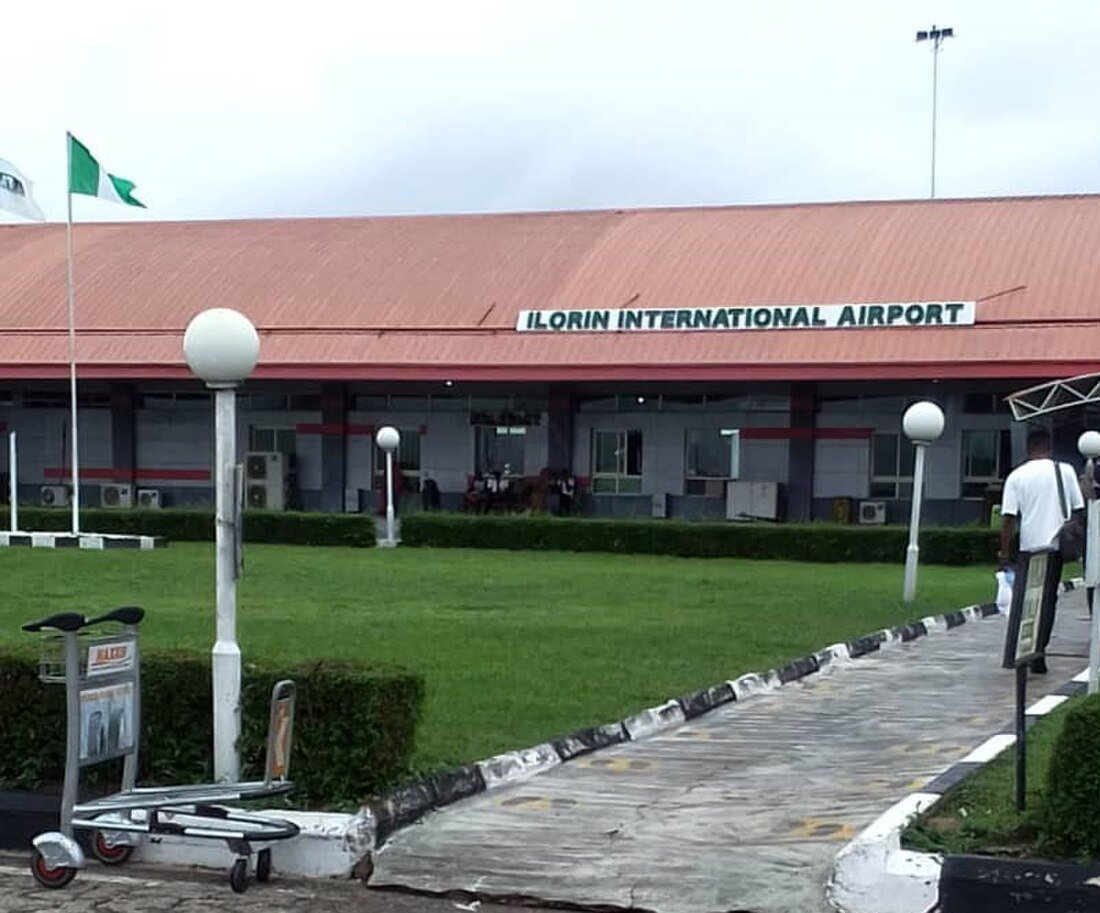The AI divide | Political Economy | thenews.com.pk

rtificial intelligence is no longer a distant vision of the future or a science fiction fantasy. It’s here and it’s reshaping how we work and live and changing the way we innovate.
From personalised learning and predictive healthcare to software development and content creation, the AI is becoming an integral layer and a crucial component in every major industry.
As someone who closely follows global developments and regularly engages with experts and innovators on the frontlines, I see something worrying: a growing global divide in access to AI innovation. If we don’t act now, this gap will only grow and deepen—leaving billions of people behind in the next great technological revolution.
The uneven AI geography
AI breakthroughs are happening rapidly, but they are also concentrated. Just a handful of countries—mostly in North America, Europe and East Asia—are producing the vast majority of AI research, funding, patents and infrastructure. These countries have a clear head-start with access to computing resources, top-tier universities, policy frameworks and capital.
Meanwhile, most countries across South Asia, Africa and Latin America are largely consuming these technologies, not building them. They risk becoming passive participants in a future that’s being shaped elsewhere—under different value systems, regulatory cultures and economic priorities.
Talent and opportunity
Raw talent and intellectual capacity exist everywhere. What’s missing in many places is infrastructure, exposure and access to opportunity. AI doesn’t care where you were born but the market does. Deploying cutting-edge AI solutions requires cloud access, GPU clustres and expensive bandwidth, often out of reach for developers in low-income regions. If we don’t invest in democratising access, we’ll continue to reinforce the digital inequality.
Without representation
This is not just an economic issue; it’s an ethical one as well. If AI systems are being trained primarily on data from certain cultures, languages and economies, who will these systems serve? Whose biases will they reflect? Whose problems will they prioritise?
Deploying cutting-edge AI solutions requires cloud access, GPU clustres and expensive bandwidth, often out of reach for developers in low-income regions. If we don’t invest in democratising access, we’ll continue to reinforce the digital ineqality.
We’ve already seen cases where facial recognition systems are less accurate for marginalised communities, or where language models struggle with underrepresented dialects. Imagine the same bias scaled across hiring, healthcare, education and law enforcement. AI trained in echo chambers can reinforce inequality.
Inclusion by design
Based on conversations I’ve had with experts and innovators and the realities unfolding across the world, here are a few imperatives to bridge the AI divide:
Infrastructure Access: Cloud providers and hardware companies must create programmes that give discounted or free access to computing resources in low-income countries—especially for education, research and startups.
Open Models and Datasets: The open-source AI community can play a huge role in ensuring representation. We need multilingual datasets, culturally relevant models and incentives for inclusive research.
Skilling for the Future: Governments in emerging economies must rethink education. Coding alone won’t be enough. We need to teach data literacy, prompt engineering, ethical design and cross-disciplinary problem-solving.
Public–Private Partnerships: Large tech firms should partner with universities and governments in developing countries to fund AI labs, fellowships and innovation hubs.
South–South Collaboration: Emerging economies should collaborate with one another—not just with Silicon Valley. There’s immense value in developing solutions tailored to shared problems: healthcare access, agriculture, urban planning.
Pakistan’s moment
Pakistan, home to one of the youngest populations in the world and a rapidly growing digital economy, has an extraordinary opportunity. If we invest smartly in AI education and infrastructure, we can possibly fast-track our progress and become a global leader in AI talent. The challenge is to empower a whole generation to create—not just consume—the AI-driven future.
The AI revolution is a defining moment for humanity. Like all revolutions, it can either liberate people or divide them. For a future where technology benefits everyone—not just the elite—we must centre inclusion, accessibility and diversity in its development. Let’s learn from the mistakes of past industrial revolutions and not repeat those. Let’s build a world where AI belongs to everyone.
The writer is a TV anchor and podcast host. He tweets @ismaeelqasim












